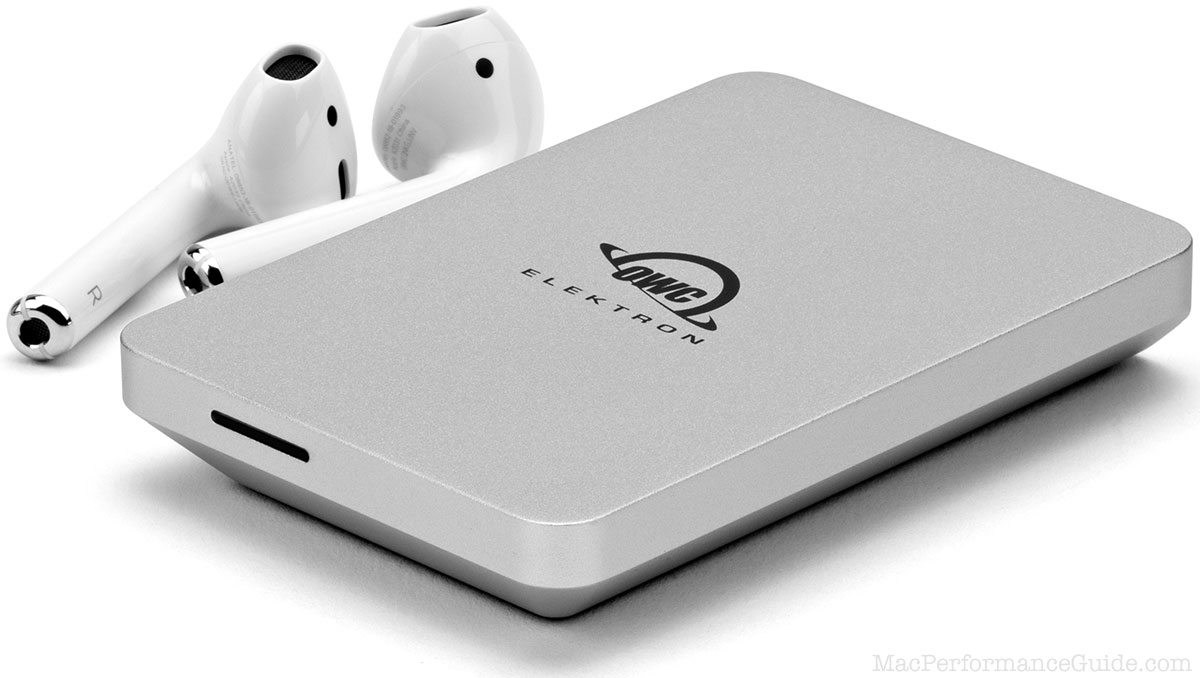
|

$220 SAVE $130 = 37.0% Western Digital 16.0TB Western Digital Ultrastar DC HC550 3.5-in… in Storage: Hard Drives
|

|

|

|

|
Lenses for Leica M8, M9, M*
This page offers some guidance on lens selection for those new to the Leica M line.
The venerable Leica M line has been around for decades, and so a wide variety of lenses are available from Leica, Zeiss, Voigtlander and others, with widely varying prices and performance characteristics.
The sharpest lenses available for any camera are Leica M compatible, and some highly unusual ones as well, such as the Noctilux-M. But sharpness means nothing without accurate focus.
View near real-time pricing and availability for Zeiss ZM an Leica M lenses on the Leica M gear page.
Leica or Zeiss or other brand lenses
Specifications: Leica site | Zeiss site
You can use any compatible “M” lens on the Leica M9, including outstanding choices from the Zeiss ZM line. For lenses without the 6-bit Leica coding, the downside is the need to specify which lens is being used (for auto correction of off-center color shading and vignetting).
Any 39mm screw-mount lens can be used with an adapter. See Stephen Gandy’s CameraQuest site for adapters and for Voigtlander lenses (about 13 different lenses).
Compatible ≠ works good
Just because a lens can be mounted on the M9 does not mean it will be free of issues— witness the Zeiss ZM 21/4.5 Biogon with its extreme ray angle and off-center color shading. This is not a lens fault, but rather an issue with the way digital sensors work today. But it is a reality nonetheless.
In other cases, the ability to focus accurately can be a major factor. Consider the viewfinder magnifier for 50mm and longer lenses.
Considerations in choosing a lens
There are multiple considerations to choose one lens over another, here are some of them.
Ability to focus accurately
You might have the world’s best lens at your disposal, but if you cannot focus it accurately and consistently it becomes a paperweight. Be sure to read Digital requires more accurate focus in Guide to Leica, and consider the viewfinder magnifier for 50mm and longer lenses.
Kit size and weight
The M9 is so compact and lightweight in comparison to a large DSLR (Nikon D3x, Canon 1 series) that adding large and heavy lenses to it might be exactly what you do not want to do, lest the system be a chore to carry.
To keep the system light, you’ll generally want to stick to lenses with f/2 or f/2.5 or f/2.8 apertures. If you can afford the Noctilux-M, then the M9 is an accessory anyway. But for that lens, you absolutely must get the viewfinder magnifier because depth of field is razor thin.
Viewing and frame lines
Frame lines on the M9 are shown in pairs: 35/135, 28/90, 50/75. There are no frame lines for lenses wider than 28mm or any oddball focal lengths, just 28/35/50/75/90/135.
Frame lines are quite inaccurate, you will spend at least weeks if not months making the mental adjustments needed to get framing right the first time. When I started shooting the M9 I had to shoot three frames or more in many cases to get the composition where I wanted it and to eliminate material I couldn’t see I was getting.
For lenses wider than 28mm, a separate hot-shoe mounted viewfinder can be used (somewhat awkward, but one adjusts to necessity). You can also mentally estimate relative to the viewfinder boundaries. This might be a reason for some users to avoid lenses wider than 28mm; simple convenience.
For lenses longer than 50mm, the size of the framed area in the viewfinder becomes porthole-like, and is an unfriendly way to view the subject, greatly inferior to a DSLR. This might be a reason for some users to avoid lenses longer than 50mm; pleasure of use. Frame lines at 90mm are also wildly inaccurate.
Some of the larger lenses partially block the viewfinder, another reason to stick to the Summicron and Elmarit line. This can also be an issue with a separate hot-shot mounted viewfinder.
Ultra-high performance across entire capacity, outperforms the competition.
Tiny, bus-powered, rugged, compact!
Lens performance
Rangefinder lenses in general offer outstanding performance, generally superior to lenses used on DSLRs, at least provided you focus accurately, not so easy to do. Fewer design compromises are made; there is no SLR mirror onto which an image has to be projected to be viewed; the lens can be designed knowing it has only to illuminate the sensor/film, and the lens can protrude deeply into the camera.
Some things especially to consider with lens performance are distortion and field curvature. Many Leica wide angles tend to have fairly strong field curvature as seen in their “wavy” MTF graphs. Using such lenses on flat (planar) subjects such as a building or group of people lined in a row is likely to disappoint. Field curvature is much more of an issue with a perfectly flat sensor than it was/is with film.
Focus shift can also be an issue with more traditional designs that contain uncorrected spherical aberration, but Leica’s modern designs minimize it.
Bokeh
The style with which a lens “draws” out of focus areas can be the #1 consideration for some shooters. Older, more classic designs might render in a way that is more pleasing (to some) than the new Leica ASPH designs. It’s a matter of style, not “better” unless better means sharpness and contrast, in which case the ASPH design will outperform, at least to f/4 or so.
Value
Used lenses can be terrific deals, though figure in the modest cost of CLA (cleaning, lubrication, adjustment): take advantage of used prices and Leica service.
The Leica lens line is quite expensive, those without deep pockets should also consider the Zeiss ZM and Voigtlander lines, even forgetting the cost part of the equation, because every lens has a different personality, not to mention size and weight and ergonomics.
Hassles
The M9 has built-in recognition of 6-bit coded Leica lenses, and this has direct bearing on off-center color and vignetting correction. That fact alone might make sticking with Leica lenses on the M9 worthwhile. However, you can “fake it” by manually specifying a Leica lens whose characteristics are similar to another one (eg Zeiss ZM). How well that works might vary with the lens.
Seagate 22TB IronWolf Pro 7200 rpm SATA III 3.5" Internal NAS HDD (CMR)
SAVE $100


















